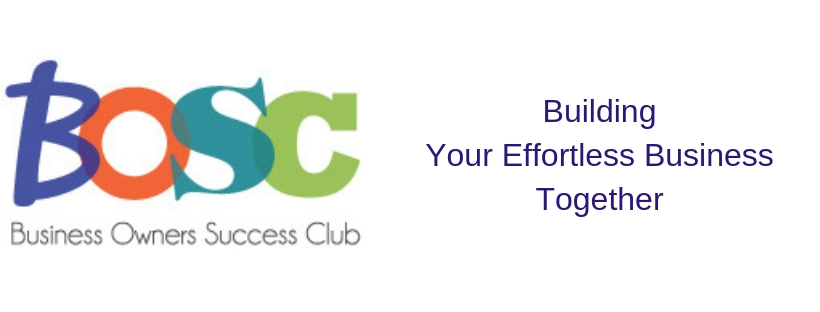This is a great book to read as I’m thinking about creating the best experience for people working with us (as staff, Business Owners and partners).
The Table of Contents is a checklist to measure progress so here goes:
How to be Likeable – most people would agree I’m a likeable person. I’ve been working on (and need to work harder on) saying the hard things that need saying. One of the things we look for with others is that likeability factor – our staff are likeable, we like all our Business Owners and our partners make us smile.
How to Achieve Trustworthiness – We are good with most of the points here, too; although we need to work on consistency some more. We are very much engaged with those we are working with closely, but then we are engaged with the next ones. We need to insert more time in our schedule for follow up so we can complete what we need to do before moving on to working with our next Business Owner.
How to Prepare – we could use a checklist for the first few steps (this will go on our client welcome pack and on our website).
How to Launch – I don’t think we make it as easy as we could for people to work with us. Our website should have our story, or even better, the some of our Business Owners’ stories. We don’t make everything we do clear or the best way to work with us. Our next project will be to design a program that will help our Business Owners move forward.
How to Overcome Resistance – We will be looking at these as we create the FAQ for the website and as we design the program. This is something we will continue to check.
How to Make Enchantment Endure – We will be working on building our culture within our business and within the community of our Business Owners. I don’t feel we’ve done a good enough job on helping our Business Owners connect with each other. I think there could be great value here. Part of our program we are designing will be in helping to create ecosystems that make our Business Owners’ lives/businesses work better. People don’t just need information; they need to be able to implement it. Our environments can help us do that.
How to Use Push Technology
How to Use Pull Technology – These are tactics for communicating our story. As we continue to define our story, we will continue to use these tactics to get it out there and to make it easy for our community to spread it.
How to Enchant Your Employees – The last 2 years have been about getting good people on board and it’s working. We’re working on training and a manual so that we can offer a consistent value to our business owners. My staff seem to be happy and I’m happy with them. We have a good balance of give and take. I’ve seen some pretty dysfunctional teams of one side doing all the giving and one side doing all the taking. Still lots of room to continue to grow here.
How to Enchant Your Boss – Short answer here is to make her job easier.
How to Resist Enchantment – Some strategies for when others are trying to enchant you into doing (usually buying their stuff) what you may not necessarily want to do.
Here are some of the tactics I flagged:
Congruency helps create a better experience. French music means more French wine sold; German music, more German wine.
If you are selling something new, social proof and the sense of ubiquity will work best, if it’s something people already feel certain about and have little doubt, then scarcity is better to lead them to action. Bonus: show them it’s certain and scarce.
The Overton window is a political theory that holds that there is a range of policies that people will accept: unthinkable-radical-acceptable-sensible-popular. Contrast a radical thought (ban automatic weapons) against an unthinkable idea (ban all guns) to get a higher level of acceptance.
It’s naïve to think you can enchant only one person and get them to accept. People live/work within a community – enchantment is a collective experience.
People join because of peer pressure. They begin to identify with other members. Finally people believe and that is Enchantment.
I got so much more out of this book than just this list of where we are and where we need to go. The book includes many, many more tactics; some that I am already doing, some that don’t apply to this business and some that I didn’t put down here. There are plenty of stories and examples that really bring this to life.
You can go to get a synopsis of this book;
you can watch videos of Guy Kawasaki talking about his book
or you can watch an interview about the book.
You can have a discussion with someone who has read the book. These are all great ways to engage with the book, but none of these will give you the rich depth of the book and none will give you the same understanding of the most important aspects of the book for you.
To get the full, rich experience and how to make the ideas work for you – read books.
